ORACLE & SQL

UNIT - I
DBMS -Database Management System
RDBMS -Relational Database Management System.
DBMS -
A Database Management System (DBMS) is a set of computer programs that controls thecreation, maintenance, and the use of the database in a computer platform or of an organization and its end users.A DBMS is a system software package that helps the use ofintegrated collection of data records and files known as databases. It allows different userapplication programs to easily access the same database.
Example-
Perl, Python,IMS.
RDBMS -
A Relational Database Management System (RDBMS) is a Database Management System
(DBMS) that is based on the relational model .
RDBMS is a DBMS in which data is stored in the form of tables and the relationship among thedata is also stored in the form of tables.
Difference between DBMS and RDBMS-
Main difference between the DBMS and RDBMS is we can establish the relation between the tables in RDBMS.in case of DBMS we cannot establish relation between tables.
Another difference between dbms and rdbms is that RDBMS follows relational data model where as dbms can follow even network, hierarchical or other data model.
The relational model is based on set theory ,its accuracy and usefulness have a basis in mathematics.
In RDBMS, if we open the Database, the whole tables can be accessable, where in DBMS, we need to open each and every table whenever we want to use.
RDBMS allows the data to be queried based on any column in any table not need to create an index or keys in order to query data.So, relational data is easier to query than hierarchical, CODASYL, or some other model.





INTRODUCTION TO ORACLE
Mr.E.F.T Codds applied the principle of relationship in statistics to data management and came up with twelve laws using mathematics. He proved that if all these 12 laws were incorporated into database core technology, there would be a revolution in the speed of any database management system while managing data even when used on network operating system. Oracle implements around seven of Codds laws. Since, E.F.T Codd was a satisfaction and in statistic relationships play a key role. The newer product that came into existence in which several Codds laws were used was called Relational Database Management Systems (RDBMS) for short E.F.T ted Codds law for a fully functional database management system.
Information Representation:
All information stored in relational database is represented only by the data item values which are stores in the table that make up the database. Association between data items are not logically represented in any other way such as by the user of pointer from one table to the other.
Logically Accessibility:
Every data item value stored is a relational database is accessible by sharing the name of the table. It stored in the name of the column under which it is stored and the values of the primary key that defines the rows in which it is stored.
The Systematic Treatment Of Null Values:
The database management system has a method for representing null values for example small values for numeric data must be distinction zero and any other numeric value and for character data, it must be different from a string of blank or any other character value.
The Dynamic Online Catalog Facilities:
The logical description of a relation database is represented in the same ordinary data. This is done so that the relation management system itself can be used to maintain database description.
Comprehensive Data Sublanguage Rule:
A relational database management system may support many types of language for describing data and accessible the database. However, there must be atleast one language that we use ordinary character string to support the definition of the data, the definition of views, the manipulation of data constraint on data integrity, information concerning authorization and the boundaries for recovery of units.
Views Updateability:
Any view that can be defined using combination of base table that is theoretically updateable is capable of being updated by the Relational Database Management System.
Insert / Update and Delete:
Any operand that describes the result of a single retrieval operation is capable of being applied to as insert, update, or delete operation as null.
Physical data independence:
Changes made to physical storage representation or access methods do not require changes to be made to application programs.
Logical Data Independence:
Changes made to the table that do not modify any stored in that table do not require changes to be made to application programs.
Integrity Constraint:
Constraints that apply to entity integrity and referential integrity are specificable by the data implemented by the Database Management System and not by the statement coded into the application program.
Database Distribution:
The data language implement by the Retrieval Database Management System supports the ability to distribution that the database without requiring changes to be made to application program. These facilities must be provided in the data language whether or not the Database Management System itself support distributed database. If the relational management system supports facilities that allow application program to operate on the table as row at a time an application program using this type of database access is prevented from bypassing entity integrity on referential integrity constraint that are defined for the database.
ORACLE INTRODUCTION:
Oracle Corporation was the first company to offer a true relational database management system. Commercially led innovation in the field of RDBMS. The oracle corporation strategy of offering a RDBMS that is portable, compactable and connectable resulted in a very powerful tool for user.
When we speak of Oracle, we are speaking of a single product on-program Oracle RDBMS let you manipulation on Oracle database. Many of these products are
fourth generation operational language tool that let your interactive screen to create application programs.
Overview Oracle Architecture:
To understand about RDBMS, oracle let you first study the architecture. The Oracle is organized four levels. The Kernel provides communication with the database and connection with other kernels in or distributed environment.


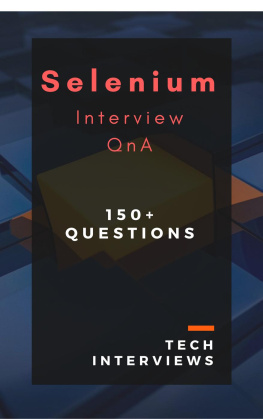
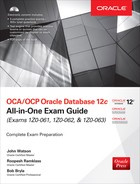
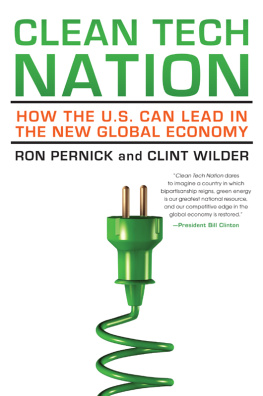
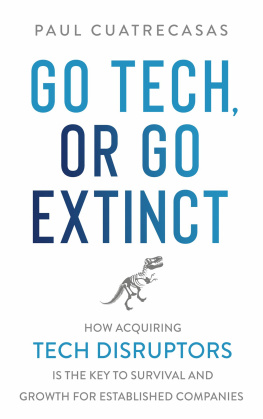

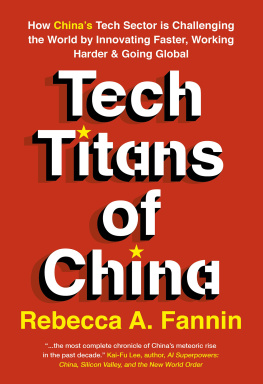
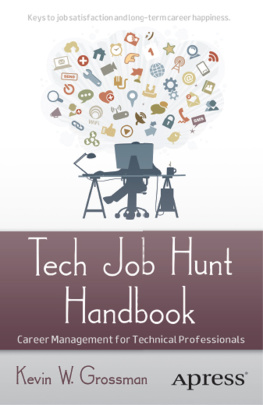




 ORACLE ENVIRONMENT:
ORACLE ENVIRONMENT:



